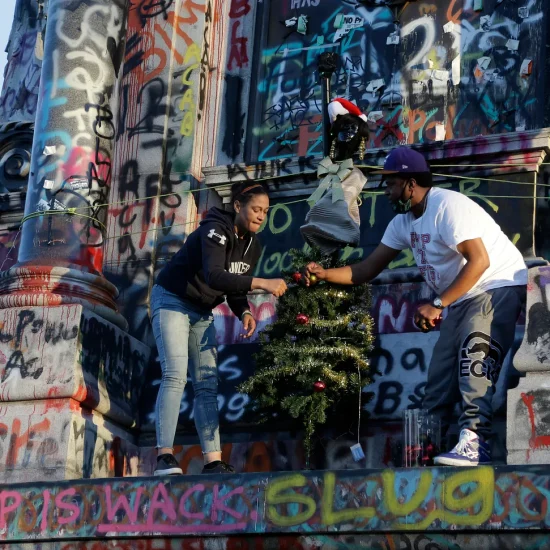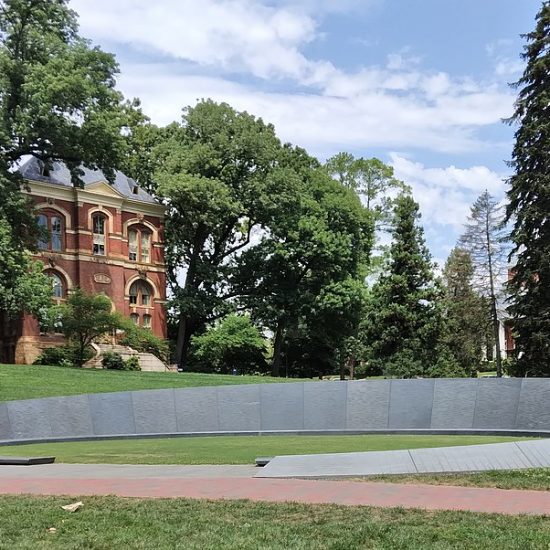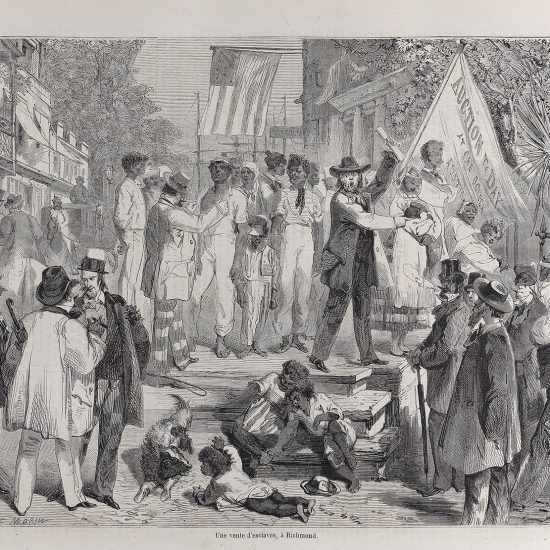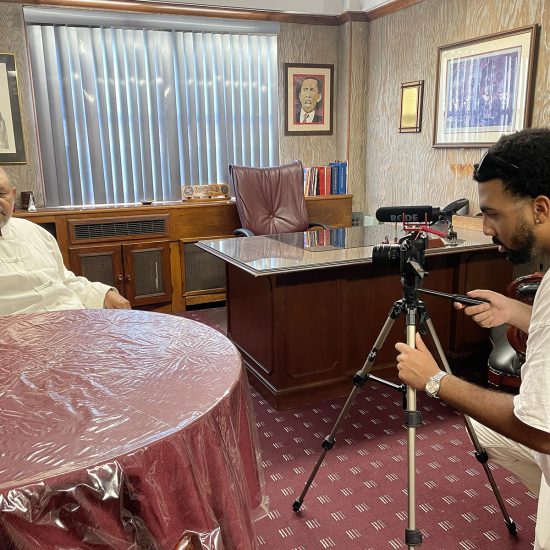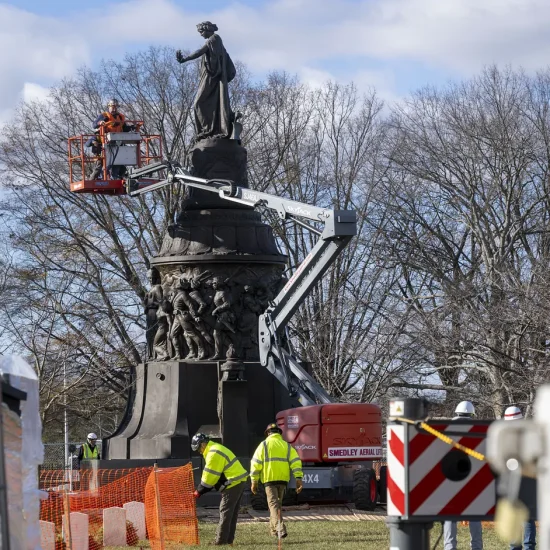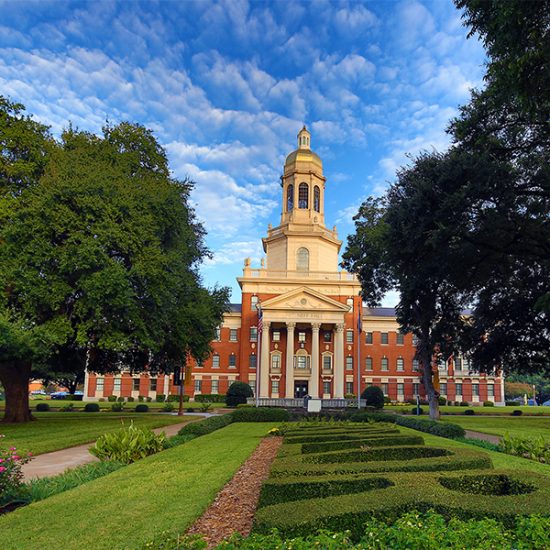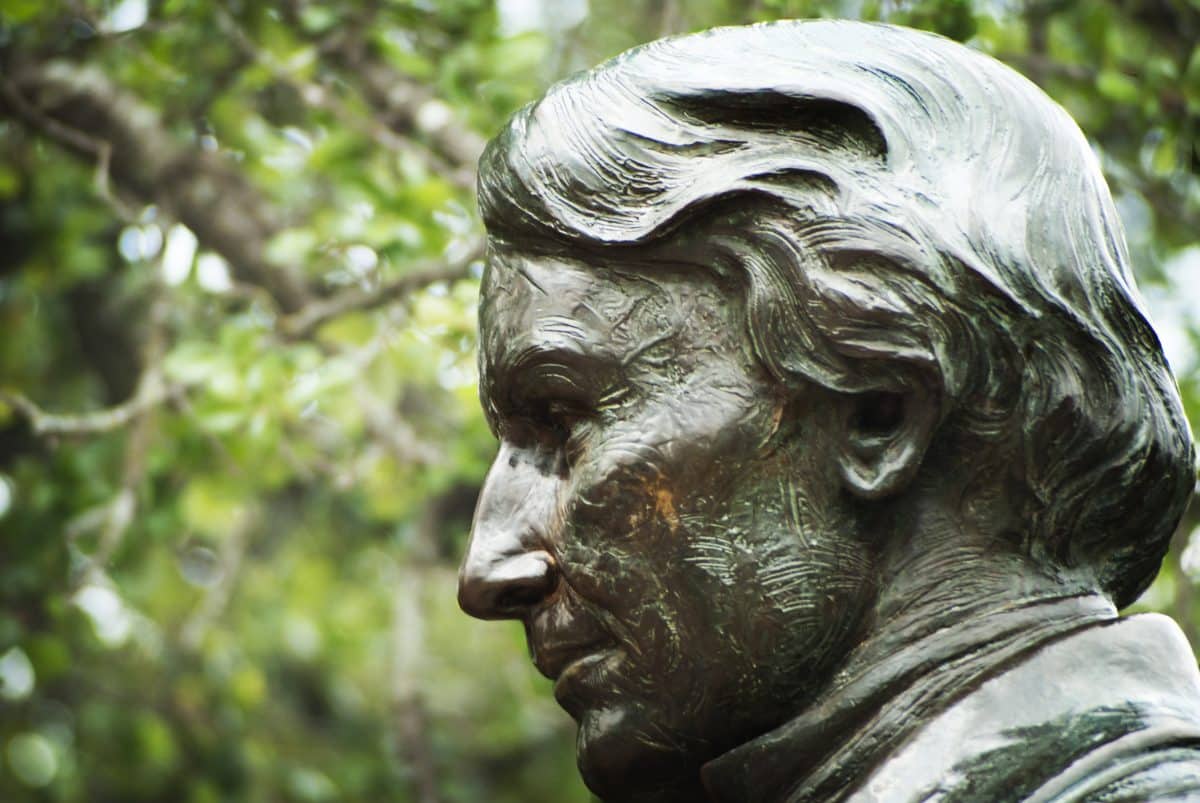
Baylor University released a report Tuesday (March 23) documenting its slavery legacy and offering recommendations for more fully telling its history. The 94-page report by the Baptist school in Waco, Texas, focuses on monuments and markers on its campus honoring various founders who enslaved Black people and supported the Confederacy.
“In keeping with our Christian commitment, Baylor University must stand with our brothers and sisters in Christ in unequivocally acknowledging that the institution’s roots in American chattel slavery — and its early leaders’ role in a civil war fought to preserve it — require unflinching confrontation and intentional acts of repentance,” the report explains.
In June 2020, Baylor’s Board of Regents publicly acknowledged that many of the school’s founders were enslavers and supporters of the Confederacy. The next month, the school named 26 members to the new Commission on Historic Campus Representations that created the new report.
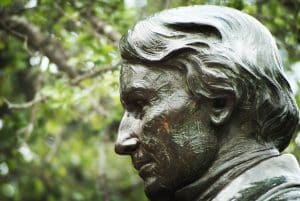
Statue of R.E.B. Baylor on the campus of Baylor University in Waco, Texas. (Brent Salter)
“All three of Baylor’s primary founders were slave owners, 11 of Baylor’s first 15 members of the Board of Trustees were slave owners, and Baylor’s first four presidents were slave owners,” the report notes.
Not only did the school’s namesake R.E.B. Baylor enslave people — including 33 in the 1860 census — but the report adds that as a judge he “presided over cases that resulted in the punishment of an abolitionist harboring an escaped slave, the punishment of a man for not returning a borrowed slave promptly, the sentencing of a slave to hang for arson, the execution of another slave in 1856, and the execution of a slave for ‘intent to rape a white female.’” Judge Baylor also supported the Confederacy and expressed racist opinions about Blacks.
Other enslavers honored with monuments on campus for their roles in helping start the school include Rufus C. Burleson (who was also a Confederate soldier and chaplain), F. L. Carroll (who was also a Confederate solider), William Carey Crane, James L. Farquhar, Albert G. Haynes, Albert Clinton Horton (who enslaved almost 300 people), James Huckins (who was also a Confederate chaplain), Richard B. Jarman, Nelson Kavanaugh, Eli Mercer, Aaron Shannon, James Gilbert Thomas, and William Milton Tryon.
Additionally, while the research did not find proof that enslaved labor built the first buildings — some stones of which are on campus today — the report notes “it is possible” that “slaves were involved in the construction.”
The report does not absolve the men because of the culture in which they lived.
“Judge R.E.B. Baylor, James Huckins, and William Milton Tryon — along with other slaveholders on the University’s first Board of Trustees — could simply be considered as products of their era. However, the broader historical context of their lives suggests otherwise,” the report explains. “The remainder of the English-speaking world had abolished slavery by 1833 (Slave Trade Act in 1807 and Slavery Abolition Act in 1833) at considerable cost to the people of the United Kingdom. In addition, Huckins and Tryon, in particular, were divisive to the Baptist faith in the United States in that their support of slavery contributed to the split that created the Northern and Southern Baptist denominations.”
“As educated men, the founders clearly knew the arguments against slavery, yet they nevertheless chose to support its continuation and expansion,” the report adds. “They used God’s word to justify the continued practice of enslaving other men, women, and children who were equally created in the image of God. In doing so, they “were not doers of the word,” and they consequently lived in a moral contradiction that they failed to resolve. The consequences of the sins of the antebellum era, in which Baylor’s founders participated, have been visited upon many subsequent generations of Americans — both Black and White. These sins established the foundation for the racial prejudice, discrimination, and cultural discord that still trouble our world today.”
The report names two of the enslaved executed under Judge Baylor’s orders, Peter and George. And the names of other enslaved persons are mentioned throughout the report, including those in another case he presided over (Jane, Lucy, Littleton, Net, and Bob). Also named are Alexander (enslaved by a founding trustee) and Elias (enslaved by an early president).
The commission’s first recommendation is to “create a new monument on Founders Mall in honor of the ‘unknown enslaved’ who were instrumental in constructing the original campus.”
Other recommendations include adding more history on Baylor’s website about the school’s founders and first trustees enslaving people and supporting the Confederacy, adding additional text on monuments of enslavers honored on campus, moving some markers to less prominent places on campus, removing Burleson’s name from the campus’s Quadrangle, and renaming the Carroll library.
The recommendations do not include removing the Judge Baylor statue or renaming the school. But the report does recommend removing his image from the Founders Medal, the school’s highest honor given to individuals for support of the school.
Although acknowledging the school “was financially enriched” by the profits of slavery, the report also explains that the legacy of slavery harms the school still today.
“Like other institutions whose early leaders and financial supporters placed the chains of slavery around Black men and women, Baylor University continues to be detrimentally chained to the sin of enslavement,” the report reads. “It will continue to prove an impediment to the University’s full realization of its potential as a Christian research university until it is extracted and its damages remedied.”

